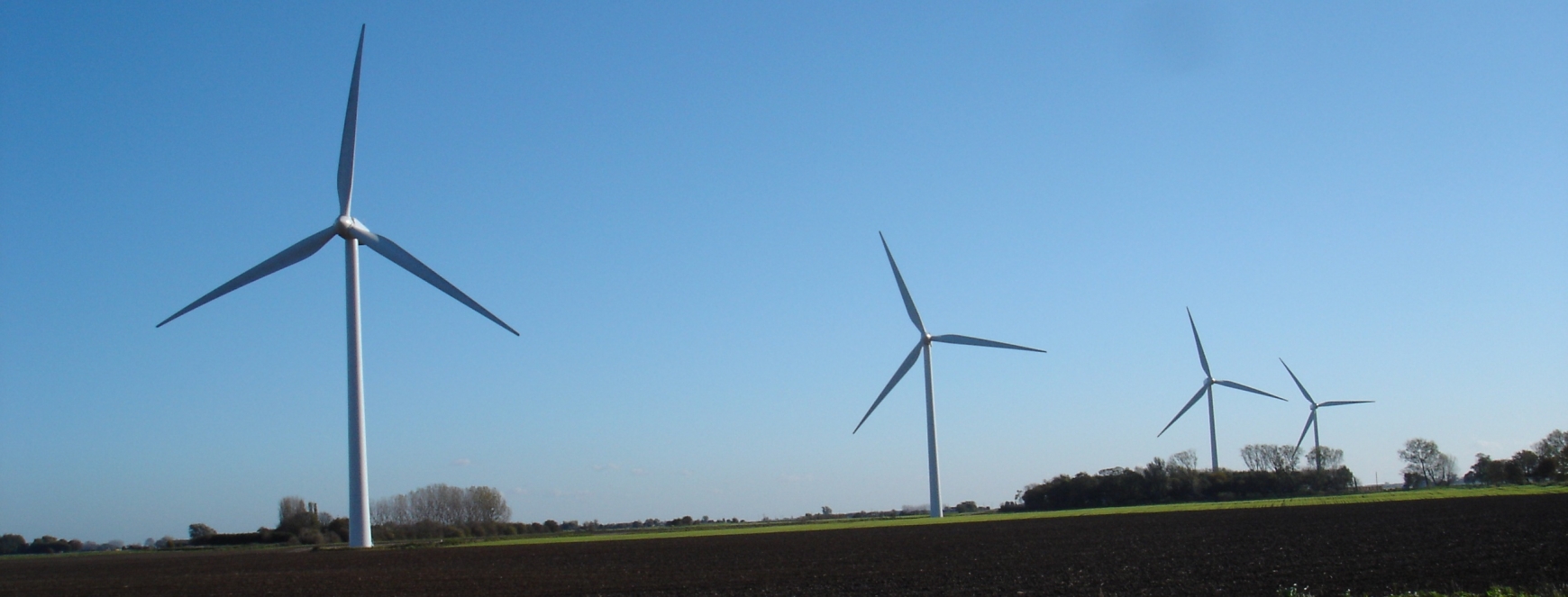In May 2018, Cadent announced it would build the UK’s first large-scale hydrogen network (HyNet), which will serve Cheshire, Merseyside and Greater Manchester. They are proposing to inject hydrogen into the current natural gas pipe network, creating a gas mixture of approx. 20% hydrogen and 80% natural gas. In my home city, Sydney, Australia, the Australian Renewable Energy Agency (ARENA) and an Australian company (Jemena) announced, in October 2018, its own trials to inject hydrogen into the gas network. However, both projects have proposed to produce hydrogen by different methods.
The UK - Steam Reforming
The UK method will involve stripping hydrogen out of methane via the following equation at high temperature (900 – 1,100oC) with a metal-based catalyst (commonly nickel), also known as steam reforming:
|
CH4(g) + H2O(g) ⇌ CO(g) + 3H2(g) |
…(1) |
This chemical equation is in equilibrium; therefore, the conversion of natural gas to hydrogen is never 100% complete. To produce the most of amount of hydrogen, a consistently high temperature is required as this equation is endothermic, i.e. it consumes energy. The second equation below is required to remove the carbon monoxide and to increase the hydrogen yield. This equation is known as the water-gas shift reaction:
|
CO(g) + H20(g) ⇌ CO2(g) + H2(g) |
…(2) |
Again, this equation is in equilibrium, however, it is an exothermic reaction, i.e. it releases energy. This equation occurs over two stages, but typically this reaction takes place under lower temperatures (200 - 450oC).
However, carbon dioxide is still a by-product of these reactions. Cadent has proposed repurposing the gas fields in Liverpool Bay off the North West coast to store the produced and captured carbon dioxide.
Australia – Electrolysis
ARENA and Jemena have proposed to use electrolysis to separate water into its raw elements, hydrogen and oxygen. The reaction requires direct current (DC) electricity to separate the chemical bonds between the hydrogen atom and two oxygen atoms, over an anode and a cathode:
| 2H20 ⇌ 2H2 + O2 |
…(3) |
This equation is, again, in equilibrium, with hydrogen produced at the cathode and oxygen produced at the anode. ARENA has also announced that it will use electricity generated from solar PV and wind turbine technologies as its energy source.
Why all the excitement over Hydrogen?
There are a number of reasons to use hydrogen as an energy source, but the main reason is that this method of hydrogen production would be carbon neutral. We can compare the chemical equations of the combustion of hydrogen and natural gas including the energy they produce:
|
2H2 + O2 → 2H2O
|
133kWh/kg |
|
CH4 +2O2 → CO2 + 2H2O |
15.4kWh/kg |
The combustion of wood releases approx. 5.11kWh per one kg of wood.
By comparing the above equations, the combustion of hydrogen is not only carbon neutral (its only product is water); it can produce 8.5% more heat than natural gas. This does mean, however, it is extremely flammable and combustible, meaning storing and transporting hydrogen can be quite dangerous.
It is clear that the way we obtain our energy and the infrastructure required to deliver it is changing rapidly – the above examples are just some of the interesting developments happening in the energy industry that are helping to ensure our energy systems are fit for purpose for years to come. It’ll be interesting to see how these developments manifest themselves in the real world, if you are considering any gas connection project, then get in touch to see how we can help.


